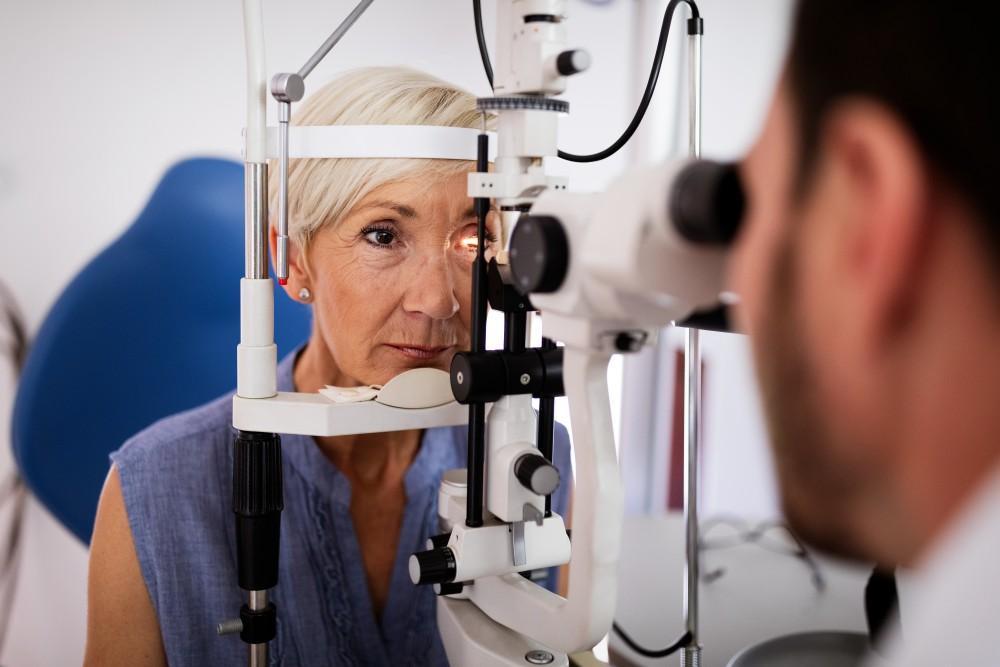Developing shingles anywhere on your body can be an alarming and painful experience. However, when it comes to getting shingles, there is perhaps no greater threat to your health than getting it on your eyes.
If you are over the age of 50, you have a higher risk factor for developing shingles. Learning about the signs and symptoms of shingles of the eye can help you to get the disorder treated and controlled more quickly, or prevented altogether.
Understanding Shingles
Shingles is an evolution of the same virus that causes chickenpox. When you get chickenpox, the virus goes into a dormant stage after your body beats the illness. However, that doesn't mean that it's gone for good. The herpes zoster virus can flare later in life in a more dangerous form called shingles.
Shingles not only create an unpleasant rash, but they also cause nerve damage. This nerve damage can cause severe pain and malfunctioning of the area it's affecting. For example, some people develop neuropathy due to the damage shingles does to nerves.
How Shingles Forms on the Eye
Shingles can emerge anywhere on your entire body, including your eye area. Shingles can crop up on your eyelids, on the eye itself or even inside the eye. Depending on the area, shingles can pose a serious hazard to the health of your eyes.
Shingles can cause all of the same damage to the eyes that it causes elsewhere in the body. However, it can do even more to your eyes. Since the eyes are full of a complex set of nerves and blood vessels, shingles can do a lot of damage in a small area if it affects the eyes.
How Shingles Can Harm Your Eyes
When shingles breaks out, it initially creates itchiness, redness and pain. Inflammation develops, which can harm the delicate surfaces of the eye or even the underlying components inside the eye if that's where the shingles has appeared. In addition, you'll most likely have standard shingles symptoms, like fever and lethargy.
Shingles can cause serious harm to the eyes if it's left untreated. The inflammation can cause swelling in all parts of the eye. This can alter your vision and potentially increase the pressure of your eye, which can cause glaucoma if it isn't successfully controlled.
Furthermore, shingles can leave scarring on the eye, which can impact your vision. Shingles can also leave sufferers completely blind if the disease targets the optic nerve. Seeking treatment as soon as possible is critical to preserving the health and vision of the eyes.
Prevention and Treatment
There are two facets to handling shingles of the eye: preventing it from ever happening in the first place or treating it once it appears.
Shingles prevention is possible by getting the shingles vaccine. The vaccine has been shown to help prevent herpes zoster from re-activating. In the instances where it does, the symptoms are typically less severe.
If shingles has already occurred, an ophthalmologist can help. Ophthalmologists are experts at diagnosing and treating diseases of the eye, including shingles.
If you're diagnosed with shingles of the eye, your ophthalmologist will work with your doctor to control your shingles with antiviral medications. Your ophthalmologist will perform an
eye exam monitor the spread of shingles in your eyes, as well as your eyes' pressure. Your ophthalmologist will prescribe medication to control inflammation, swelling, and pain.
Under the care of your two doctors, your shingles will be controlled. This will reduce the risk of permanent damage to your eyes.
Getting shingles can be frightening, but with excellent eye care from Beeve Vision Care Center, you can rest assured that you're in good hands.







